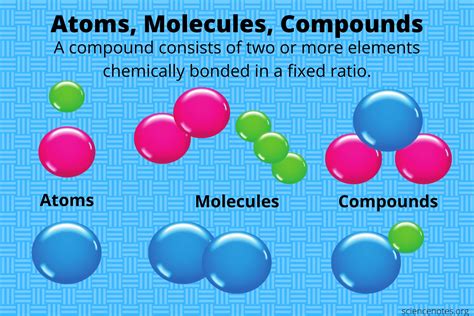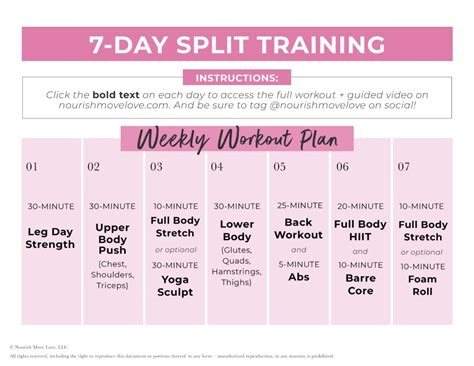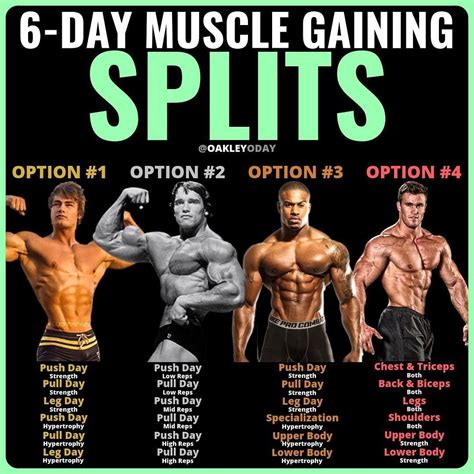How to optimize workout efficiency for peak strength and muscle gains with limited time?

In today’s fast-paced world, finding ample time for the gym can feel like an Olympic feat in itself. Many aspire to build impressive strength and significant muscle, but the reality of a busy schedule often stands in the way. The good news is that achieving your fitness goals doesn’t require endless hours; it demands smart, efficient training. By strategically optimizing your workouts, you can unlock peak gains even when time is a precious commodity.

The Core Pillars of Efficient Training
To make every minute count, your training philosophy needs to shift from ‘more is better’ to ‘smarter is better.’ Here are the foundational principles:
1. Compound Exercises are King
Forget isolation movements when time is tight. Compound exercises like squats, deadlifts, bench presses, overhead presses, and rows work multiple muscle groups simultaneously. This not only builds more functional strength but also maximizes caloric expenditure and stimulates a greater hormonal response, leading to superior muscle growth and efficiency.
2. Progressive Overload is Non-Negotiable
Your muscles won’t grow stronger or bigger unless they are continually challenged. Progressive overload means consistently increasing the demands on your muscles over time. This can be achieved by increasing the weight, reps, sets, reducing rest times, or improving form. Without it, your body has no reason to adapt.

3. Intensity Trumps Volume
When time is limited, prioritize high-quality, intense sets over high-volume, low-intensity training. Focus on performing each set with maximal effort and proper form, aiming to get close to muscular failure within your target rep range. This approach signals to your body that significant adaptation is required.
Maximizing Time Within Your Session
Once you’ve embraced the core principles, implement these in-session strategies to further boost efficiency:
1. Embrace Supersets and Circuits
Pairing non-competing exercises (e.g., a chest exercise followed by a back exercise, or an upper body with a lower body movement) allows you to perform more work in less time. Circuits involve moving from one exercise to the next with minimal rest, keeping your heart rate up and acting as both strength and cardiovascular training.

2. Smart Warm-ups and Cool-downs
Don’t skip these, but make them efficient. A dynamic warm-up of 5-10 minutes focusing on movements relevant to your workout (e.g., bodyweight squats before barbell squats) is sufficient. A brief cool-down with static stretches for tight areas can help with flexibility and recovery without adding significant time.
Beyond the Gym: The Crucial Role of Lifestyle
Your efforts in the gym will be wasted if your recovery and nutrition aren’t optimized.
1. Nutrition as Fuel for Growth
Adequate protein intake is essential for muscle repair and growth. Ensure you’re consuming enough calories from whole foods to support your activity level and recovery. Hydration also plays a key role in performance and recovery.

2. Prioritize Recovery and Sleep
Muscles grow outside the gym, not during your workout. Aim for 7-9 hours of quality sleep per night. This is when your body repairs and rebuilds. Active recovery (light walks, stretching) on off days can also aid the process.
Crafting Your Limited-Time Workout Schedule
For most individuals with limited time, 2-4 full-body workouts per week are highly effective. A common and efficient approach is three full-body sessions on non-consecutive days (e.g., Monday, Wednesday, Friday).
A typical full-body session could look like this (45-60 minutes total, including warm-up):
- Warm-up: 5-10 minutes dynamic stretching/bodyweight movements
- Main Lifts:
- Squat variation (Barbell Squat, Goblet Squat): 3 sets of 5-8 reps
- Push variation (Bench Press, Overhead Press): 3 sets of 5-8 reps
- Pull variation (Barbell Row, Pull-ups/Lat Pulldowns): 3 sets of 5-8 reps
- Hinge variation (Deadlift, Romanian Deadlift): 2-3 sets of 5-8 reps
- Accessory/Finisher (Optional, can be supersetted):
- E.g., Bicep Curls + Triceps Extensions: 2 sets of 10-15 reps
- E.g., Plank or Abdominal circuit: 2-3 sets
- Cool-down: 5 minutes static stretching

Conclusion
Limited time doesn’t have to mean limited results. By focusing on compound movements, relentlessly pursuing progressive overload, prioritizing intensity, and optimizing your recovery and nutrition, you can build significant strength and muscle mass efficiently. Consistency with an intelligent, time-sensitive plan will always yield better results than sporadic, lengthy workouts. Embrace efficiency, train smarter, and watch your strength and physique transform.




